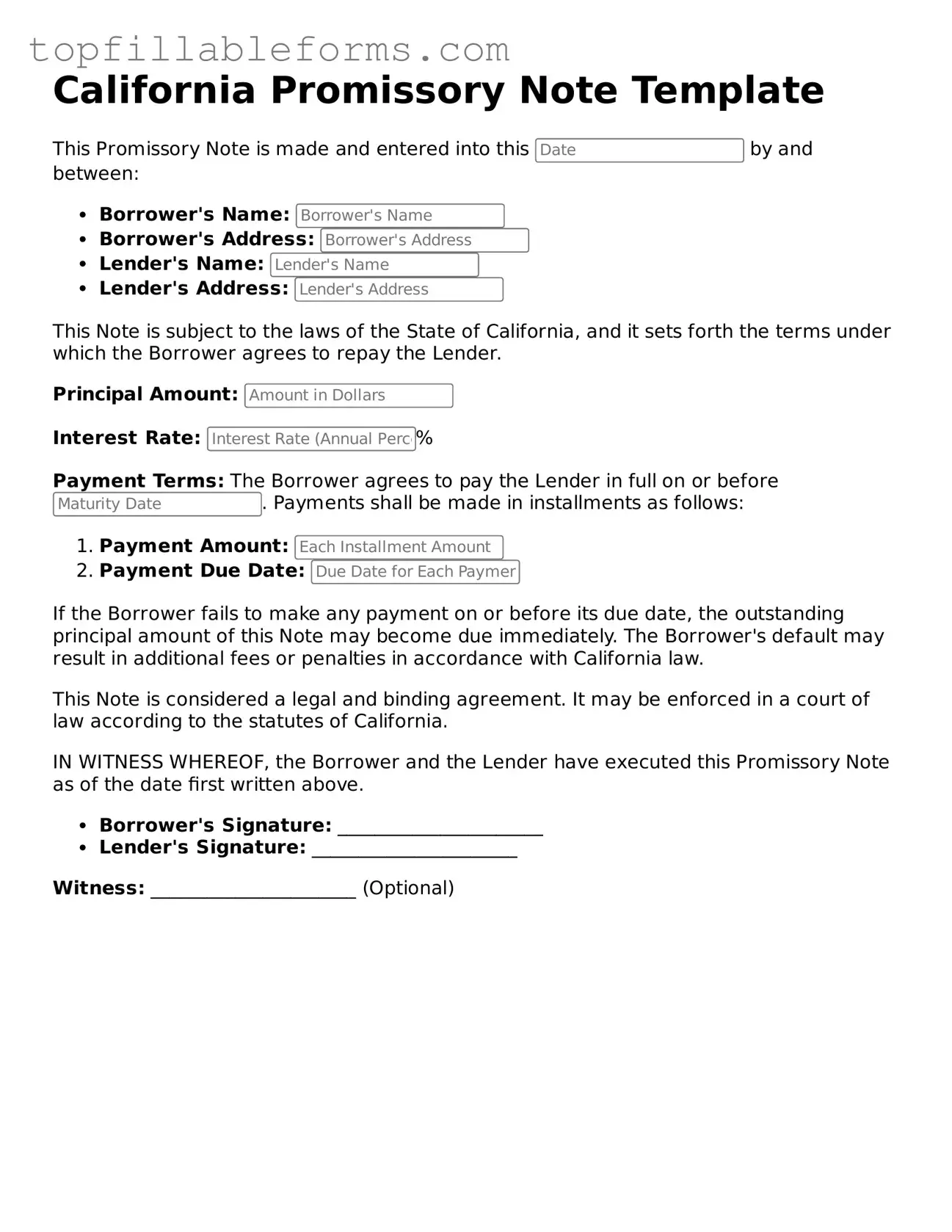Attorney-Verified Promissory Note Template for California
A California Promissory Note is a written promise to pay a specified amount of money to a designated party at a defined time or on demand. This form serves as a crucial document in various financial transactions, providing clarity and security for both lenders and borrowers. Understanding its components is essential for anyone involved in lending or borrowing money in California.
Open Promissory Note Editor Here
